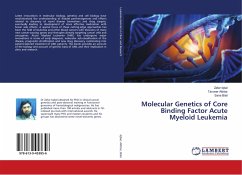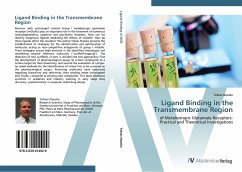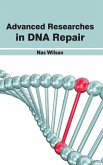Scientific Study from the year 2007 in the subject Biology - Genetics / Gene Technology, grade: A, Boston University, course: Biophyics, language: English, abstract: DNA is under constant repair from the damage being done from sources such as UV radiation, mutagenic chemicals, and errors made by the cell's DNA replication mechanisms. The ability for a cell to identify and repair the damaged DNA is crucial for the cell to be able to successfully function and replicate. On a systemic scale the repair is essential for maintaining long term genomic stability. When these pathways fail the usual response is for the cell to die but in some instances the damage is done in a region that causes the cell to become carcinogenic. The DNA repair enzymes are responsible for finding and correcting these mistakes. There are many different types of damage that can be done to DNA ranging from dimerization to depurination. Each of these types of damage requires a slightly different repair mechanism.The specific type of damage that is being investigated in this proposal is pyridine dimerization which usually occurs as the result of exposure to UV radiation. The repair pathway being nucleotide excision repair which involves either the replacement or removal of a region surrounding the damaged DNA. Problems in this pathway are important in pathological conditions such as xeroderma pigmentosum which causes the skin to be over sensitive to sun exposure and a high incidence of cancer.Also genetic engineering utilizes deletion and insertion of DNA bases into various different cells. Understanding the pathways utilized to identify the structural changes that signify damage could be utilized to construct more sensitive repair proteins. Understanding the mechanisms of repair proteins to replace the damaged DNA with the correct segment could be utilized to develop faster more efficient ways for modifying bacteria and cells in beneficial ways.Finally understanding the mechanisms of DNA damage and repair are useful from an evolutionary standpoint. For cells and organisms to be capable of genetic adaptations to environmental forces and consequently long term survival the repair mechanisms need to work well enough to keep the genome stable, but make mistakes often enough to allow for enough diversity for survival. The balance struck between these two goals is highly variant between species. A deeper understanding of the recognition and repair of damaged DNA could provide insights into the driving factors behind the evolutionary process








